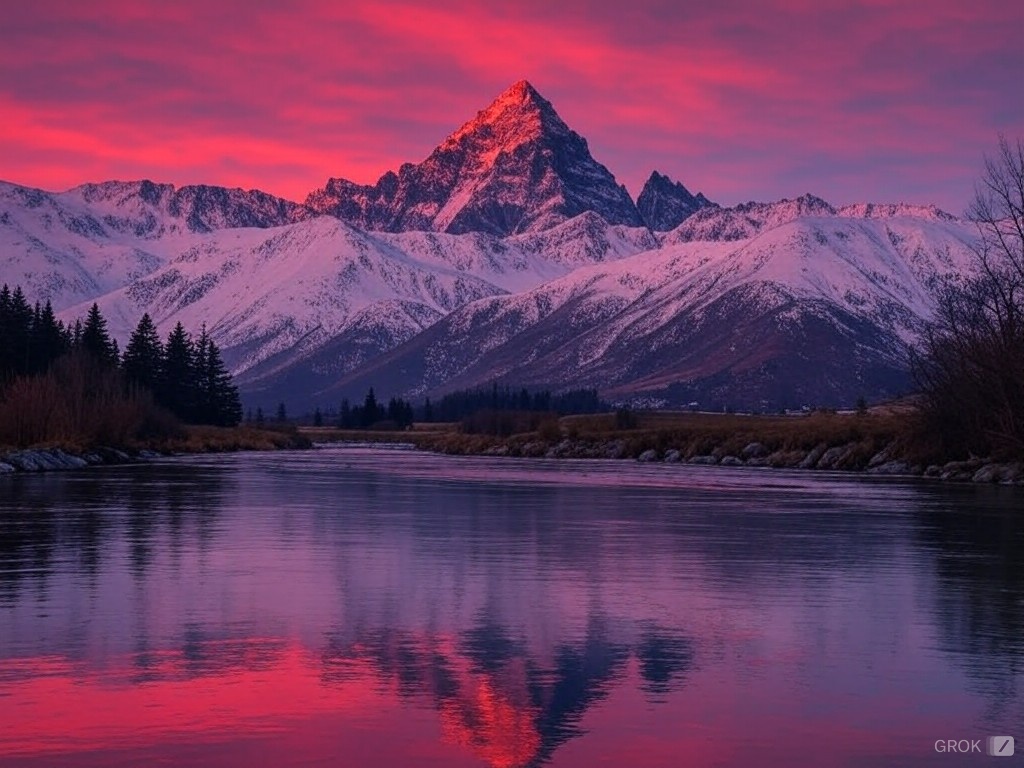Ever tried your hand at something that felt like juggling cats while roller-skating on a tightrope? That’s a bit what diving into Unreal Engine feels like—at least at first. But boy, once you get the hang of it, you’re architecting worlds that could rival the hanging gardens of Babylon themselves for sheer jaw-dropping spectacle.
I remember the first time I cracked open Unreal Engine. All the buttons, the panels, even the default scene looked like a dashboard from a spaceship rather than something I’d use to create landscapes and arenas. Daunting, yes, but also a signal that unlimited creative possibilities were waiting on the other side of that learning curve.
Contents
Why Choose Unreal Engine for Your Level Designs?
So, why Unreal Engine? You might ask. Well, if the high-fidelity visuals weren’t enough to make your eyes pop, then the robust set of development tools should certainly do the trick. Have you ever laid eyes on some of those hyper-realistic gaming environments that make you question reality? Chances are, Unreal Engine’s behind them.
The beauty of it, you see, Unreal isn’t just for the big dogs—no, sir. Indie developers, those brave souls steering their own ships across the game dev ocean, use Unreal to bring their visions to life, too. And let me tell you, when you match passion with powerful software, magic happens!
First Steps in Unreal Engine
Now, getting started might feel like being thrown in at the deep end. There’s a bit where you might be scratching your head, wondering where to even begin. My advice? Start small. Maybe start by playing around with the templates. They’re like little appetizers, small but delicious bites of what Unreal Engine can do.
And remember, nobody becomes a master overnight. My first level design was… let’s just say it was more of a Picasso than a Michelangelo. But every mishap, every odd-looking tree, or overly shiny rock (yes, I’ve been there) taught me more about the heartbeat of this engine than any tutorial could.
Tips to Enhance Your Designs
Want secrets to spice up your designs? Environmental storytelling, my friend. A broken fence, a worn-out sign, they all tell tales in your game world without a single line of dialogue. Little details can breathe life into your levels, invite players to wander, explore, and even piece together the larger story themselves. It’s like hiding treasures in nooks and crannies, waiting for curious souls to uncover.
And lighting—don’t get me started on lighting! Unreal Engine’s lighting system is something else. It’s like, one moment you’re adding a light source, and the next, you’ve painted a sunrise that would make Van Gogh weep. Play with shadows, angles, the whole shebang. It transforms ‘nice’ into ‘can’t tear my eyes away’ kind of beautiful.
A Few Words Before You Jump In
Don’t be afraid to experiment. Push buttons, pull levers, see what happens when you do this or that. Sometimes, you stumble upon something brilliant—or spectacularly odd. But it’s in those moments, when you’re half-lost, half-genius, that you find what sets your worlds apart.
Feeling ready to roll up your sleeves and dive into creating your own unforgettable gaming worlds with Unreal Engine? Remember, it’s okay to feel a bit bewildered at first. Keep at it, and soon enough, you might just find yourself building the next iconic game level.
And hey, if you ever feel stuck or just want to brainstorm some wild idea for a game level, drop me a line at [email protected]. Whether you’re new on the game dev scene or looking to upscale your existing project, let’s make something amazing together!
